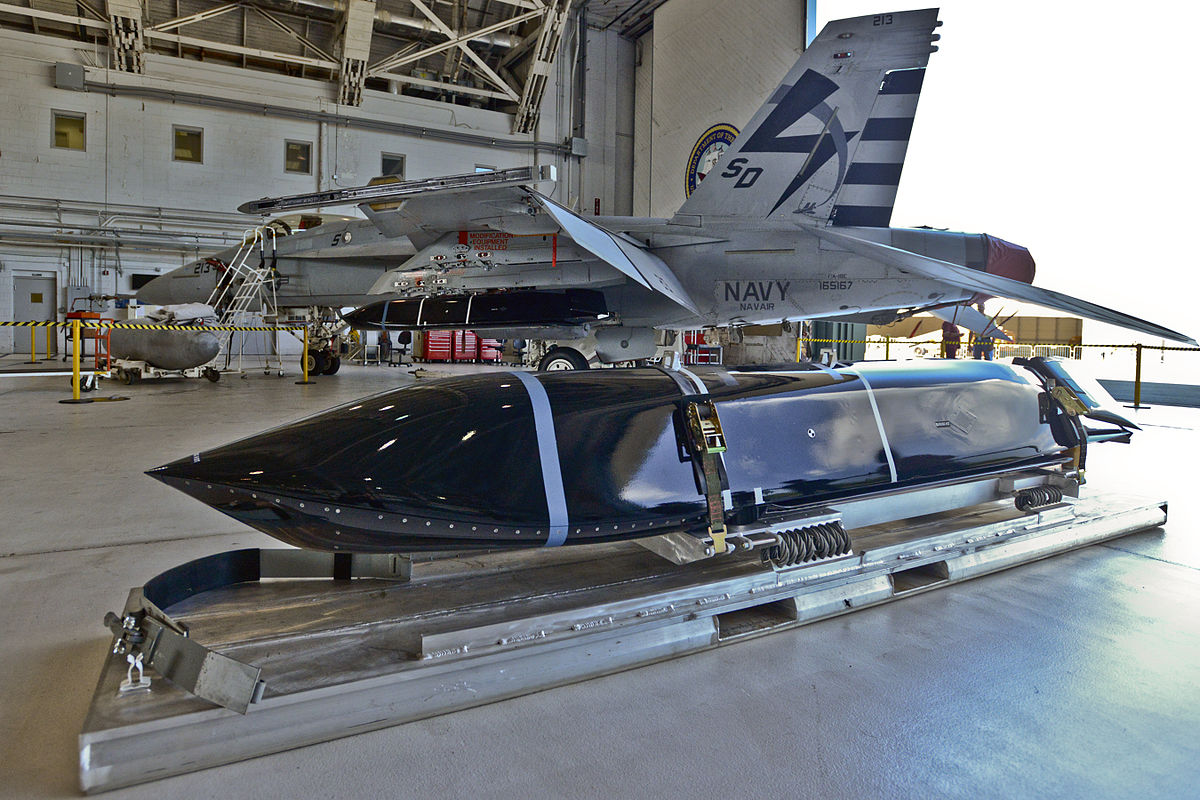Philippine President Rodrigo Duterte calls on ASEAN countries not to choose sides between China and the United States, all while pursuing his 'independent foreign policy' which involves the Philippines' pivot to China. See: Duterte in ASEAN: Let's exercise 'self-restraint' in South China Sea
The rise of the China choice block within ASEAN has occurred with Malaysia and Philippines being prominent members that have shifted and aligned themselves with Cambodia, Laos, and Myanmar as 5 states beholden to China. As many know and I mentioned before politicians like Duterte and Dr M are for sale and China has them in their pocket.
For China, the view is that current situation in the South China Sea is improving towards greater stability by 2020. This stability is attributed to the common efforts of the countries in the region to make progress on the ASEAN and China code of conduct (COC) to manage the South China Sea maritime and territorial disputes. Under the erratic Trump administration, both Brunei and Thailand are countries that are keen to maintain good trade ties with China. This means that within the ASEAN 10, despite the understanding of ASEAN leaders of the need for ASEAN centrality, there are 7 votes to ensure that China’s interests are always considered, leaving Viet Nam increasingly isolated as a voice of concern as an involved party. See: Chinese ship leaves Vietnam's waters after disputed South China Sea surveys
Chinese vessels are patrolling Luconia, Second Thomas, and Scarborough most often belong to the Shucha II and Zhaolai classes. These vessels are largely unarmed, except for water cannons and small arms, but are much larger than the law enforcement or most navy ships of their neighbors. This makes them ideal for operations that might involve threatening collisions and, if necessary, shouldering other vessels to drive them away without using lethal force. See: Signaling Sovereignty: Chinese Patrols at Contested Reefs | Asia Maritime Transparency Initiative
Meanwhile, a Liberia-flagged, Greek-owned crude oil tanker Green Aura was transiting from Nongyao, Thailand, on its way to Longkou, China, when it was hailed by a Chinese warship near the Scarborough Shoal. On freedom of navigation and collision risk with China’s maritime militia issues see: EXCLUSIVE: Chinese ‘naval warship’ harasses Filipino-crewed ship near Scarborough Shoal and Seeking Clues in the Case of the Yuemaobinyu 42212 | Asia Maritime Transparency Initiative
The rise of the China choice block within ASEAN has occurred with Malaysia and Philippines being prominent members that have shifted and aligned themselves with Cambodia, Laos, and Myanmar as 5 states beholden to China. As many know and I mentioned before politicians like Duterte and Dr M are for sale and China has them in their pocket.
For China, the view is that current situation in the South China Sea is improving towards greater stability by 2020. This stability is attributed to the common efforts of the countries in the region to make progress on the ASEAN and China code of conduct (COC) to manage the South China Sea maritime and territorial disputes. Under the erratic Trump administration, both Brunei and Thailand are countries that are keen to maintain good trade ties with China. This means that within the ASEAN 10, despite the understanding of ASEAN leaders of the need for ASEAN centrality, there are 7 votes to ensure that China’s interests are always considered, leaving Viet Nam increasingly isolated as a voice of concern as an involved party. See: Chinese ship leaves Vietnam's waters after disputed South China Sea surveys
Chinese vessels are patrolling Luconia, Second Thomas, and Scarborough most often belong to the Shucha II and Zhaolai classes. These vessels are largely unarmed, except for water cannons and small arms, but are much larger than the law enforcement or most navy ships of their neighbors. This makes them ideal for operations that might involve threatening collisions and, if necessary, shouldering other vessels to drive them away without using lethal force. See: Signaling Sovereignty: Chinese Patrols at Contested Reefs | Asia Maritime Transparency Initiative
Meanwhile, a Liberia-flagged, Greek-owned crude oil tanker Green Aura was transiting from Nongyao, Thailand, on its way to Longkou, China, when it was hailed by a Chinese warship near the Scarborough Shoal. On freedom of navigation and collision risk with China’s maritime militia issues see: EXCLUSIVE: Chinese ‘naval warship’ harasses Filipino-crewed ship near Scarborough Shoal and Seeking Clues in the Case of the Yuemaobinyu 42212 | Asia Maritime Transparency Initiative
Last edited:




